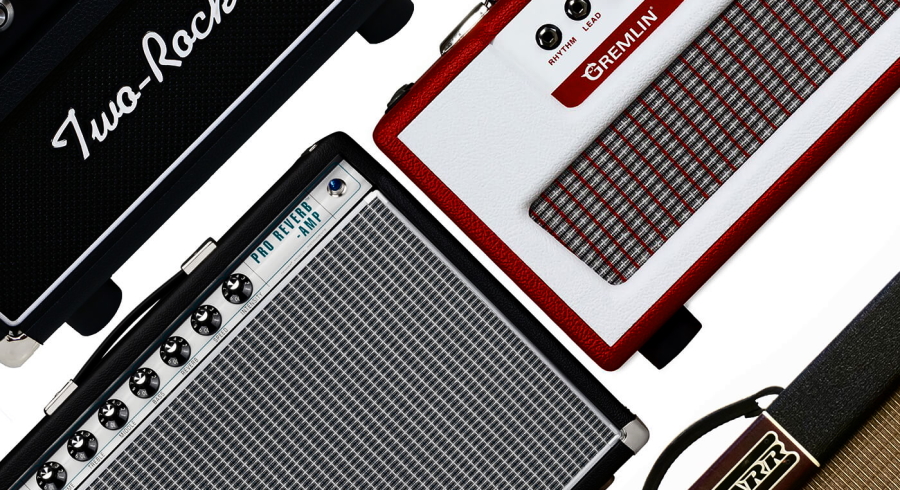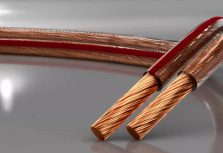June 10, 2021
Differences Between Tube and Solid-State Amps

If you’ve discovered this page, you’re already aware that there are many kinds of amplifiers to consider. You’re undoubtedly also aware that there’s a lot of contradictory information available on each. This website should assist you in sorting things out. First, some background information: All leading guitar amp makers use either vacuum tube innovation, solid-state techniques, or a mix of the two to create their amps. Many amps also have digital tech, which is often utilized to simulate the tone of other amplifiers, whether tube or solid-state. There are a few words that are comparable that you should be aware of straight away. When discussing tubes, you could also find the word valve. How do tubes & valves differ? There isn’t any. They’re simply various terms for the same thing.
Solid-state amps are often known as transistor amps. This phrase may be a little out of date, but it is just another name for the exact thing. While searching difference between amps, you can also search for vacuum tubes versus solid-state transistors. A few of the best amps’ producers enjoy coining new terms to describe their own proprietary technologies or amp models. Never let any of this deter you. The first essential thing to determine is if the amp is indeed a tube amplifier or even a solid-state amp. A simple glance at the amp’s specifications should provide you with this information. For the time being, let’s look at the differences between tube and solid-state amps.

Solid State Vs. Vacuum Tube Amps
- Tubes Can Often Go Bad
Because tube amplifiers are fueled by vacuum tubes, the tubes alone can sometimes malfunction. This may alter your tone, produce undesired noises like screeching or disturbance (not the pleasant type), or trigger the amplifier to cease functioning entirely. Whenever the tubes breakdown, you may replace them, but keep in mind that not all tubes inside a tube amplifier are the identical. There are three kinds of tubes in tube amplifiers: power, preamplifier, & rectifier. If you encounter problems, be sure you understand which one to change!
- Troubleshooting Solid-State Amps Is More Challenging
Tube amps are simpler to diagnose if anything goes terribly wrong as they are designed using analogue technology, such as utilizing real tubes to drive the whole thing. Solid-state amps are inherently digitized, which implies that if anything bad happens, it’s impossible to identify the source of the issue, unless you are an electrical engineer or something else.

- Tube Amps Are Far More Costly
Tube amplifiers are often more costly than solid-state equivalents due to their nature and preferred tone. Tube amplifiers start at $500, whereas solid-state amplifiers cost much less than $100!
- Solid-State Amps Are Known for Versatility
Solid-state amplifiers provide extremely pure tones if that is what you are searching for, as well as the flexibility to rapidly transition between styles and all that due to built-in emulation & effects. There is also nothing inappropriate with choosing a solid-state amplifier if you want to experiment with various kinds of songs and categories. A few of such amps will even simulate the tones of vintage tube amps thanks to developing technology!


